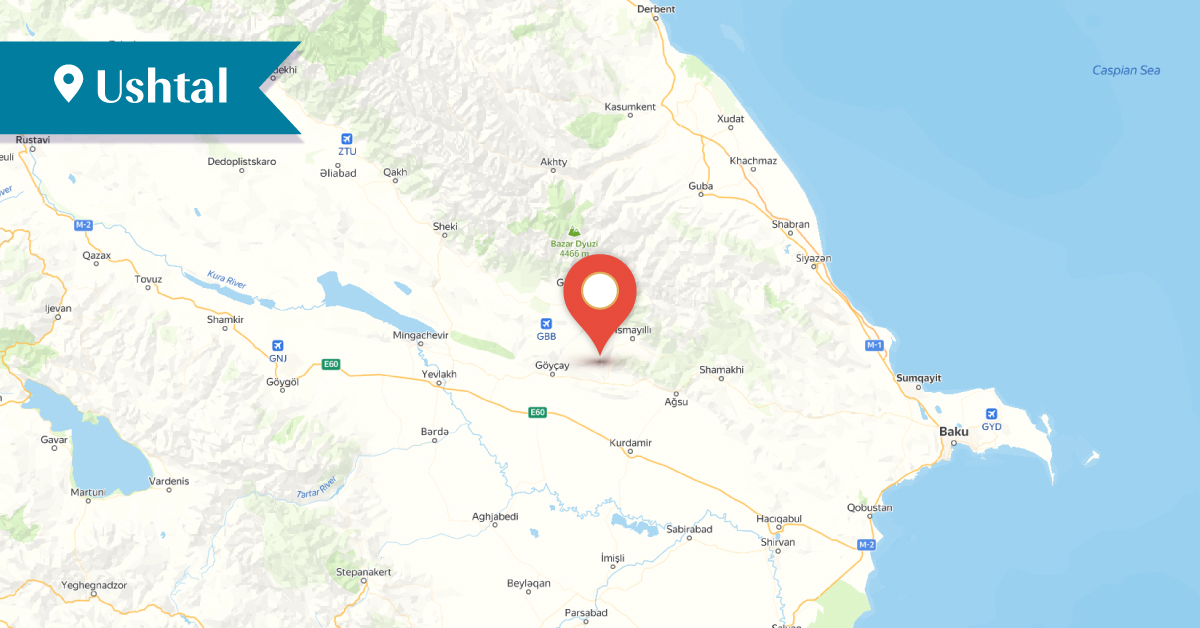2025
2025
2025-03-24

The village of Ushtal in the Ismayilli district was located 3 km east of the village of Ghalaka. The ancestors of its inhabitants had migrated from the Khachen and Jraberd provinces of Artsakh, while a few families came from Syunik. Until 1988, Ushtal was one of the Armenian-populated villages of the district.
In 1861, the village had 60 Armenian households. During the visit of Makar Barkhudaryants in 1890, the village had 139 Armenian households with a population of 576 males and 497 females. In 1914, Ushtal was entirely Armenian-populated, with 1,465 inhabitants. The village suffered greatly in July 1918 during the attack by Turkish forces.
After the establishment of Soviet rule, the residents of Ushtal resettled in their native village. In 1924, Ushtal had 80 Armenian households with 240 residents. By 1984, out of the village’s 294 residents, 291 were Armenians, who were forcibly displaced in 1988. Before the depopulation of the village, Ushtal also had a ten-year school.
The village was home to the Surb Astvatsatsin (Holy Mother of God) Church, which was destroyed in 1937–1938.
At the southern part of Ushtal was a cemetery where burials continued until the village’s complete depopulation. During the visit of monument researcher Samvel Karapetyan in 1984, more than 600 tombstones from the 19th and 20th centuries were still preserved there. The old cemetery also contained several ancient tombstones, one of which was dated 1717:
This is the tombstone of Gulnazar, who gave her soul to God in 1717.
Say: "Lord, have mercy," Amen.
The cemetery also preserved a ram-shaped tombstone.
The village is now called Ushtal (Azerb. Uştal) and is inhabited by Azerbaijanis.
Bibliography
Barkhutaryants M., Land of Aghvank and its Neighbors: Artsakh, Yerevan, 1999.
Karapetyan S., The Armenian Lapidary Inscriptions of Aghvank Proper, Yerevan, 1997.
Karapetyan, S., Aghvank Proper, Part 1, Yerevan, 2024, pp. 191-196.